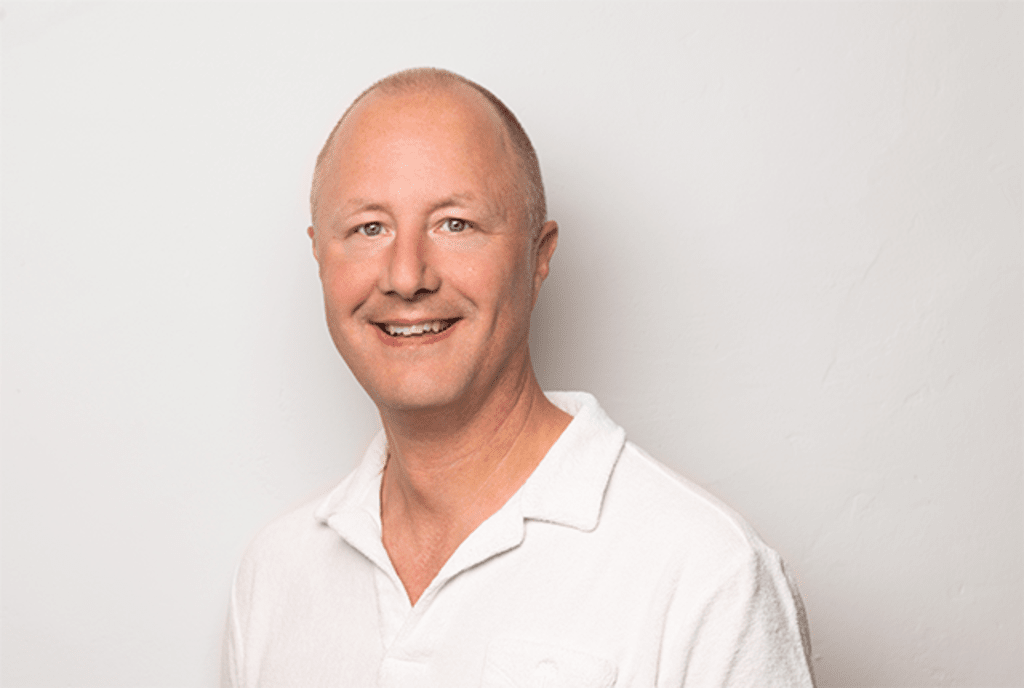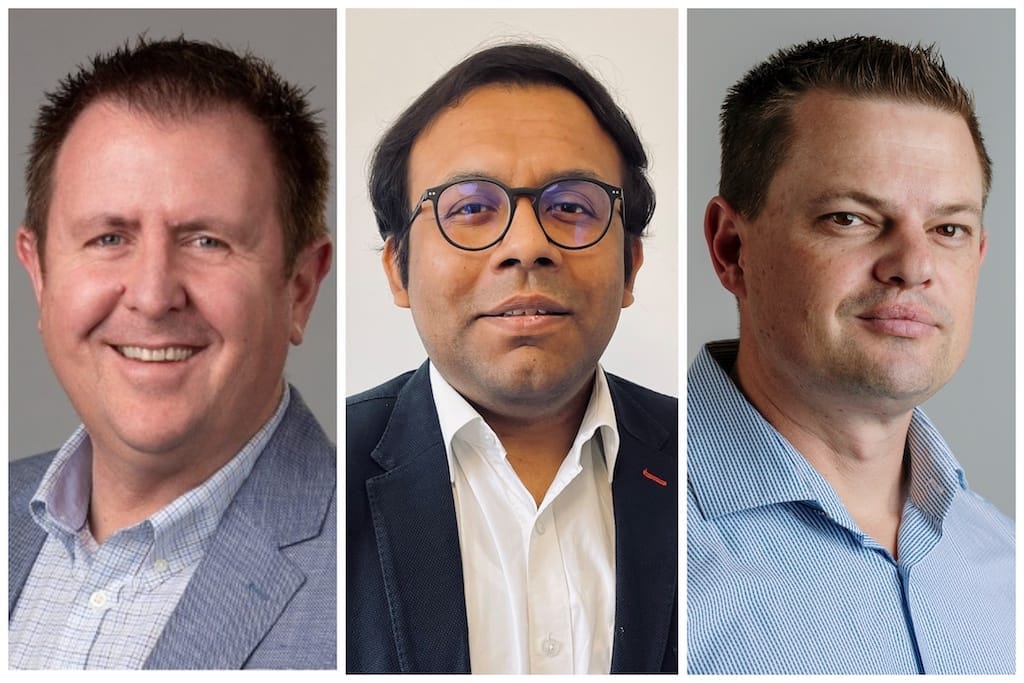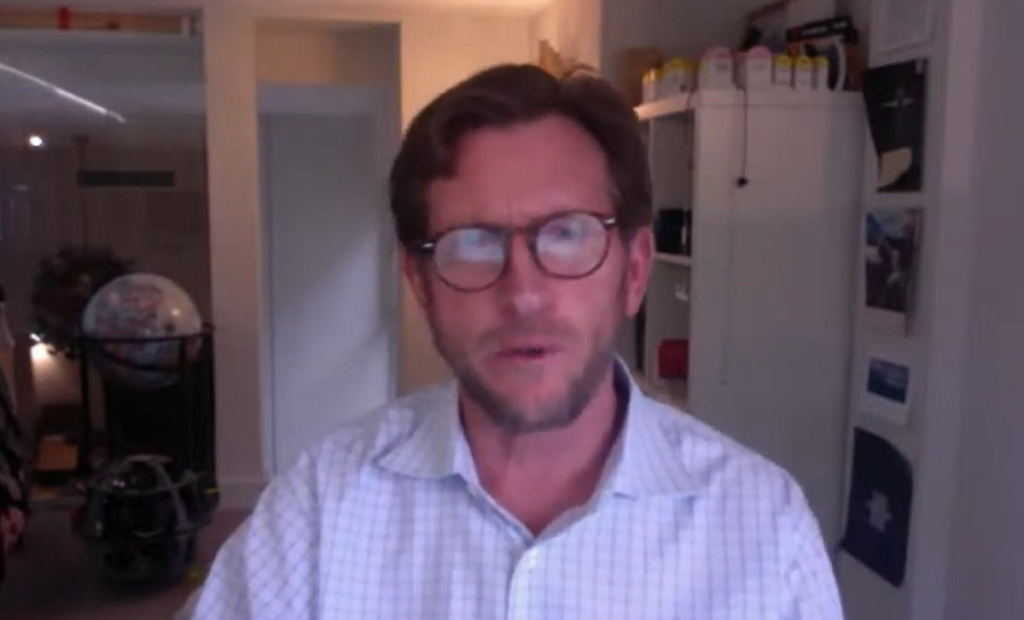Exclusive Broadband Breakfast Series: Overseas Strength in Open Access
Examples from Sweden, Australia, South Africa and the United Kingdom show how advanced open access has become.
Drew Clark, Jericho Casper

Editor's note: This is the first of a four-part series on open access networks in the lead-up to Digital Infrastructure Investment on Thursday, September 19: 'All-in' on Open Access.
WASHINGTON, September 13, 2024 – In the United States, open access networks are finally gaining traction nationwide. Overseas, they're practically old hat.
The difference couldn't be starker than between the United States and Sweden, where 98 percent of the Nordic nation’s population has access to gigabit speed downloads and uploads – with 60 percent of the market served by open access providers. Speaking at last year's Digital Infrastructure Investment conference, COS Systems CEO Mikael Philipsson said that open access drove a "fiber race" from which the U.S. can learn:
For an American audience, the concept of an open access network can be a little hard to visualize. Think of a broadband network as a railroad, with the tracks representing a network of fiber cables, and trains representing internet services.
Continuing on the analogy, with the vertically integrated model (in the U.S.), both the tracks and the trains are owned by the same company. With the open access model prevalent other parts of the world, TrackCo is separate from CarCo. That gives consumer more access to wider choices.
And Sweden isn't alone in pioneering open access networks. Significant developments on such networks have taken place in Australia, South Africa, the United Kingdom and elsewhere. This article, one of a four-part series on open access networks, will consider the example of several such countries.
Exclusive Broadband Breakfast Series on Open Access Networks:
Part 1: Overseas Strength in Open Access
Part 2: Municipal Broadband and Open Access
Part 3: AT&T, T-Mobile Bet Big on Open Access
Part 4: Big Money Moves Forward with Open Access
Swedish lessons along the way to open access
Decades ago in Sweden, leaders of the country's ISP GlobalConnect were deciding whether to pursue an intensive infrastructure rollout. In what would become a defining moment, the team decided to challenge incumbent providers who at the time owned 99 percent of the physical infrastructure in the country, launching a fiber-to-the-home wholesale network with private backing.
 Broadband BreakfastJericho Casper
Broadband BreakfastJericho Casper
The company’s move kicked off a land grab across Sweden, as infrastructure providers raced to compete for a share of the wholesale fiber market.
“It was a fight on the street to get customers,” recalled Philipsson. “We rolled tractors out on the street as a marker to say ‘We will serve this part of the town.’” Within five years, GlobalConnect had addressed two million households across Sweden with a fiber offering, and built its wholesale network to pass one million homes with a 70 percent take rate.
COS Systems, which provides software to manage open access networks (and is one of the sponsors of the Digital Infrastructure Investment Summit) emerged in 2008 as a company to help network operators assess the demand for broadband in an area, called “demand aggregation,” and automatically juggle a host of competing service providers on one fiber optic cable.
They initially found success in Sweden, but realized that much of the country’s fiber had already been built out by the early 2010s. In 2013, they set their sights on America.
Australia's National Broadband Network built open access
Conceived as a government initiative to upgrade Australia's internet infrastructure on an open access model, the NBN’s construction involved laying thousands of kilometers of fiber-optic cables and also incorporated satellite and wireless technologies to reach remote areas.
Dan Flemming, a senior executive and engineer with 25 years global experience and capability in the strategy development, spoke about the experience on a recent Broadband Breakfast Live Online event.
 Broadband BreakfastBroadband Breakfast
Broadband BreakfastBroadband Breakfast
Although Australia invested nearly $50 billion (U.S.) in national government plan for 93% fiber-to-the-premise broadband coverage, it eventually pivoted to a more private sector-driven "multi-technology mix," Flemming said during the webcast. The original all-fiber goal was set when the center-left Labor Party controlled Australia's government in 2009, he said.
"Connections drive demand for faster service," said Flemming, the founder of the software company Render Networks. "More users want higher speeds than you think."
The wholesale NBN (think TrackCo) allows multiple private ISPs (think CarCo) to offer services on the national network.
South Africa’s private open access path
By contrast, South Africa’s all-private capital strategy has been sustained by business models tapping into low-income markets. Nearly 4.5 million households have been served with fiber, and without South African government support, panelists noted.
Greg Wilson of U.S.-based fiber provider Ripple Fiber, another guest on the BroadbandLive webcast, is a leader in building open access networks in South Africa. He said that competitive aspect of the open access was instrumental to fiber networks proliferated in South Africa.
Despite lower income levels than Australia or the United States, companies in South Africa made fiber connectivity affordable by offering unlimited data plans for around $20 per month to compete with expensive mobile data. Further automated network management systems provided additional efficiencies in driving economies of scale in the South African market, he said.
Fiber in the United Kingdom lagged before CityFibre
Finally, consider the experience of CityFibre in the United Kingdom, a story that was told in the first Digital Infrastructure Investment Summit in September 2020.
UK’s fiber coverage ranked 35th in the world in 2010. The country’s advanced broadband market was dominated by two major players: British Telecom’s Openreach and Virgin Mobile. Consumers had limited options, poor service, and high prices.
“When the opportunity to build a fiber network arose, we decided that instead of building it vertically-integrated, we would do it all open-access, or all wholesale,” CityFibre CEO Greg Mesch said during the Broadband Breakfast summit then hosted at the Broadband Communities Summit.
 Broadband BreakfastJericho Casper
Broadband BreakfastJericho Casper
“Why put a fiber network in that’s just only used by one ISP,” he questioned. He called for operators to “open it up to everyone” and attempt to “attract all ISPs to the network.”
While CityFibre designs, builds, operates and owns the network, it allows existing internet service providers to operate on the platform, making no effort to compete with them.
Now, the U.S. at Digital Infrastructure Investment Summit
These example show how well established open access has become overseas. Is the tide finally shifting in the United States?
Read the upcoming articles in the series, and register to attend the event on September 19, 2024:
 Broadband BreakfastBroadband Breakfast
Broadband BreakfastBroadband Breakfast
Open access networks are gaining greater traction nationwide. In additional to major players entering the market, existing open access entities are thriving, as more cities and regions are committing to open access. Under this model, multiple ISPs can offer services over the same broadband infrastructure. The promise is greater innovation and competition, and easy entrance into the market for some.
Exclusive Broadband Breakfast Series on Open Access Networks:
 Broadband BreakfastDrew Clark
Broadband BreakfastDrew Clark
 Broadband BreakfastJericho Casper
Broadband BreakfastJericho Casper
 Broadband BreakfastJericho Casper
Broadband BreakfastJericho Casper
 Broadband BreakfastJericho Casper
Broadband BreakfastJericho Casper
Digital Infrastructure Investment
Join the Breakfast Club to watch Summit videos
Benefits of Breakfast Club Membership









Member discussion